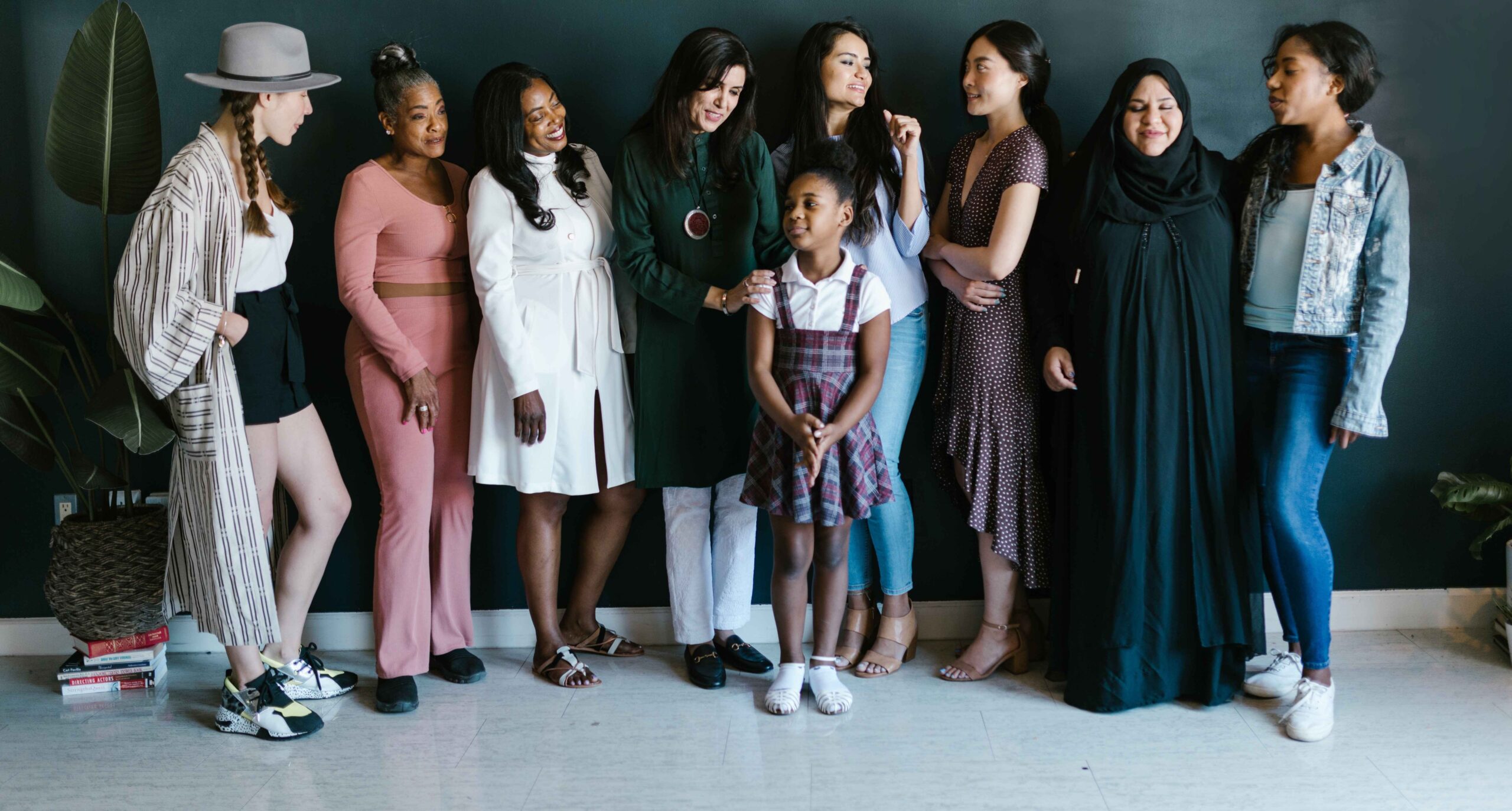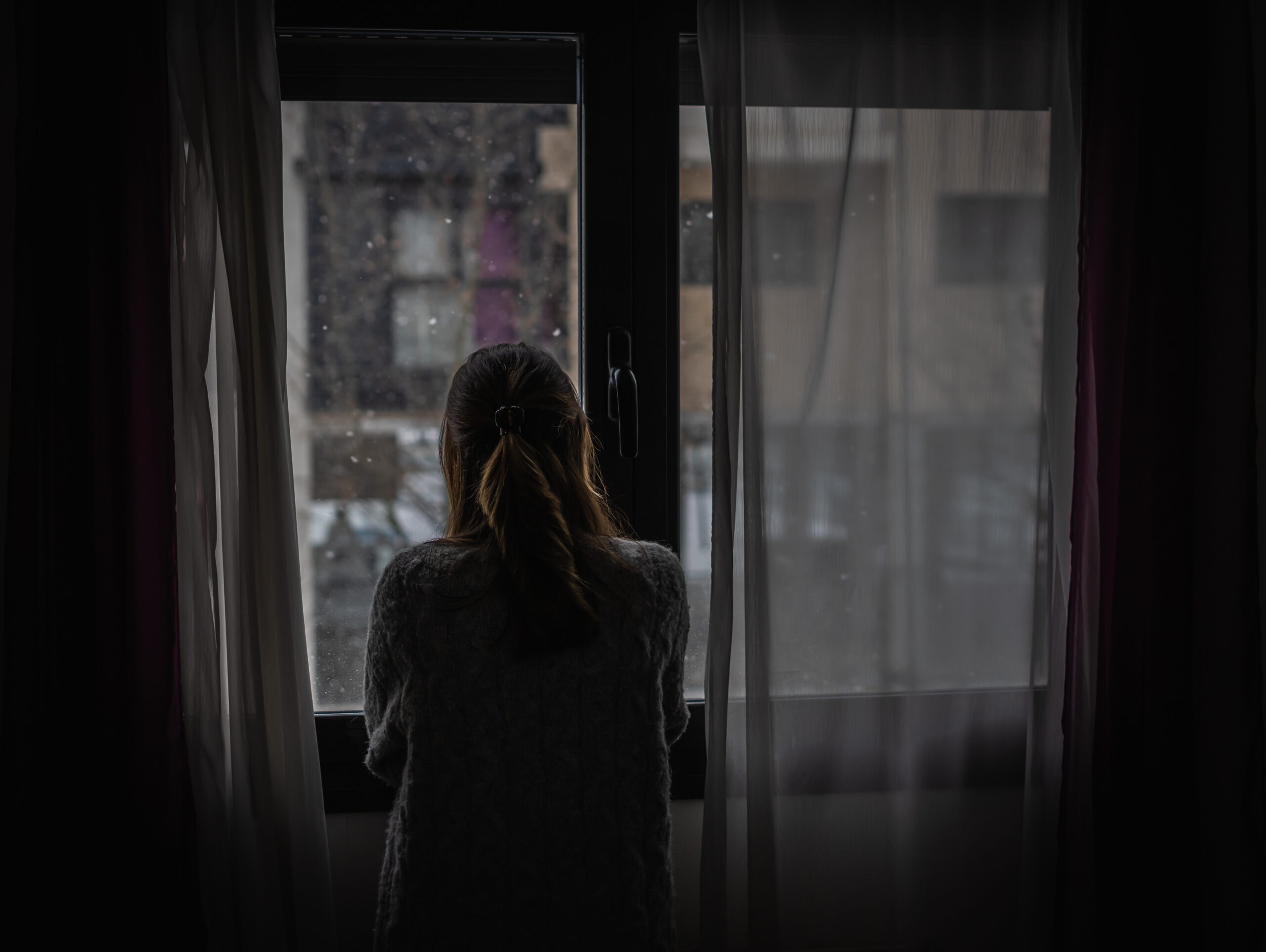Lauren Parcher (they/them) a registered social worker with the Canadian Centre for Women’s Empowerment (CCFWE) noted that economic abuse is often wrongly viewed as only occurring between a man and a woman, when in fact it can happen in any relationship.
“People can’t identify an abuser as easily in same-sex relationships. So that’s maybe why people are like hesitant to talk about it or offer supports,” Parcher said.
They shared that as a queer person, conversations about dating women often reveal a common misconception such as certain issues which may include abuse or power imbalances, don’t exist in relationships between two women.
“Anybody can be controlling. Anybody can have abusive behaviours. Just assuming that it’s based on a stereotype, like it’s just male behavior, so you wouldn’t experience that in a same-sex relationship isn’t right,” Parcher said.
A report from June 2022 on queer gender-based violence by Wisdom2Action said gender-based violence (GBV) in 2SLGBTQ+ communities is pervasive but stigmatized as it is both hypervisible and invisible, known and neglected.
“Transphobia, homophobia, and biphobia are structural forms of GBV that 2SLGBTQ+ communities navigate every day in their public and private lives,” it said.
“2SLGBTQ+ communities experience family violence, intimate partner violence (IPV), sexual violence, and street harassment, but are outsiders to GBV services built for cis, straight, white women. In fact, 2SLGBTQ+ people face discrimination and further GBV while accessing GBV services and reporting GBV, compounding the violence,” the report said.
“The assumptions and reinforcements of this archetype are one reason why 2SLGBTQ+ people sometimes do not identify GBV, particularly IPV, when it is impacting 2SLGBTQ+ youth themselves or their peers,” it said.
In this report, a participant explained that they see very few folks who are experiencing some kind of violence in intimate partner relationships, not because it doesn’t happen, but because people may not name that as what’s happening to them, or didn’t feel comfortable disclosing those things because there is a lot of shame and stigma around that.
The report said shame and stigma arise from cisnormative and heteronormative norms, which already label 2SLGBTQ+ identities and sex as immoral, shameful, promiscuous, or risky.
It said 2SLGBTQ+ communities also experience GBV in ways that cisgender and heterosexual people do not through threats to out survivors’ sexual orientation or gender identity, portrayals of GBV as mutual or even consensual and withholding of gender-affirming care.
Jennifer Marchbank, professor of gender, sexuality and women’s studies at Simon Fraser University, has been working as part of a team raising awareness about elder abuse in the queer community for the past decade and discovered that economic abuse looks differently.
“Queer folks can be abused just like everybody else, but that there are specific vulnerabilities. One of the things we found in our Indigo Project was when we talked to seniors that, given that it’s in someone who’s 80 years old, their financial life in the past might not have been so clearly delineated or organized so for many years,” Marchbank said.
She said that many queer seniors couldn’t legally share bank accounts with their partners in the past, often leaving one partner in control of all household finances. The other partner had to prove their commitment despite having no legal claim to shared assets.
“But a specific vulnerability, of course, is that it’s easy to impersonate your partner if you’re both of the same sex. That’s a little bit harder to do if your voices don’t sound similar though,” Marchbank said.
She said additionally due to queer or gender diverse elders likely not having supportive relationships with family, they rely on neighbours or caregivers who aren’t family, giving them access to their debit card. This leaves them vulnerable in a way that maybe someone with supportive family members is not so vulnerable.
“But one of the great gaps there is that we can never do any analysis that involves trans people because the number of trans people in that database is so negligible as to be not valid,” Marchbank said.
“The Canadian Longitudinal Study on Aging (CLSA) started collecting data years ago, but it just didn’t think to ask people if they identified as trans or non-binary. So, we’re only really able to tell people about LGB, but not necessarily the T,” she said.
Although, the resources and awareness on economic abuse in queer communities still has a long way to go, there are resources such as the 519 in Toronto which offers support for 2SLGBTQ+ survivors of violence.
The 519 works to empower 2SLGBTQ+ communities to end all forms of violence through counselling support, advocacy, and education.
There are also some 2SLGBTQ+ shelter and transitional programs available which include Friends of Ruby, the YMCA of Greater Toronto and Homes First.
Rainbow Health Ontario is another excellent resource in contributing an 2SLGBTQ+ health perspective to public policy processes, acting as a research catalyst and hosting Canada’s largest 2SLGBTQ+ health conference.
By Julia Vellucci, Social Justice Writer
If you’d like to learn more about the key policy recommendations we’ve submitted to all levels of government—highlighting the role of banks, service providers, and government—please visit: https://ccfwe.org/policy-recommendations/






